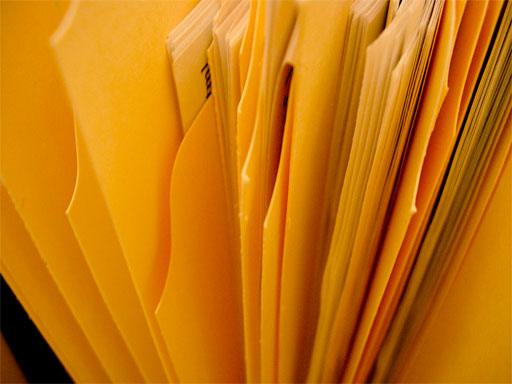If you go ahead and write a revision bible either by yourself (good luck) or collectively (better idea), a handy thing to have is a table of contents so that you can quickly find information. Making one manually is like stapling your post-it notes to your legs: pointless and painful. Microsoft word can make you one in a breeze. Here's how:
1. Write your revision notes making sure to head everything with a good numbering structure. I would avoid using the autonumber function in Word just give each heading a place within your number structure and type it manually. For example,
1.Neuropsychiatry
1.1 Somatic Hallucinations
1.1.1 Areas within a topic (e.g. Phantom Limb Syndrome)
1.1.1.1 Highly specific areas (e.g. Background, Causes, Treatment etc)
2. Once you have written your notes, click INSERT>TOOLBARS>OUTLINING. You should get a new toolbar.
3. Highlight a particular heading and in the drop-down box select which level is needed according to the numbering structure. For example:
LEVEL 1: The Module (e.g. Neuropsychiatry)
LEVEL 2: The Topic (e.g. Somatic Hallucinations)
LEVEL 3: Areas within a topic (e.g. Phantom Limb Syndrome)
LEVEL 4: Highly specific areas (e.g. Background, Causes, Treatment etc)
4. Locate the place in your document where you want to put the table of contents and then click INSERT>REFERENCE>INDEX AND TABLES
5. In the window that appears click on the TABLE OF CONTENTS tab. This should be the second in from the left. Tweak anything you feel like or leave it alone and just press OK.
6. Bingo. You're done.
(If you make any changes to the document and want to update the table of contents click UPDATE TOC in the Outline Toolbar you added).
Here is a document for you to have a play with. This is what it should look like after adding the TOC. For those interested in seeing what a monster TOC looks, this is the one from my revision bible. Just in case it totally overwhelms you, I want to quickly add that it represents the work of three people over a month and a bit.


No comments:
Post a Comment